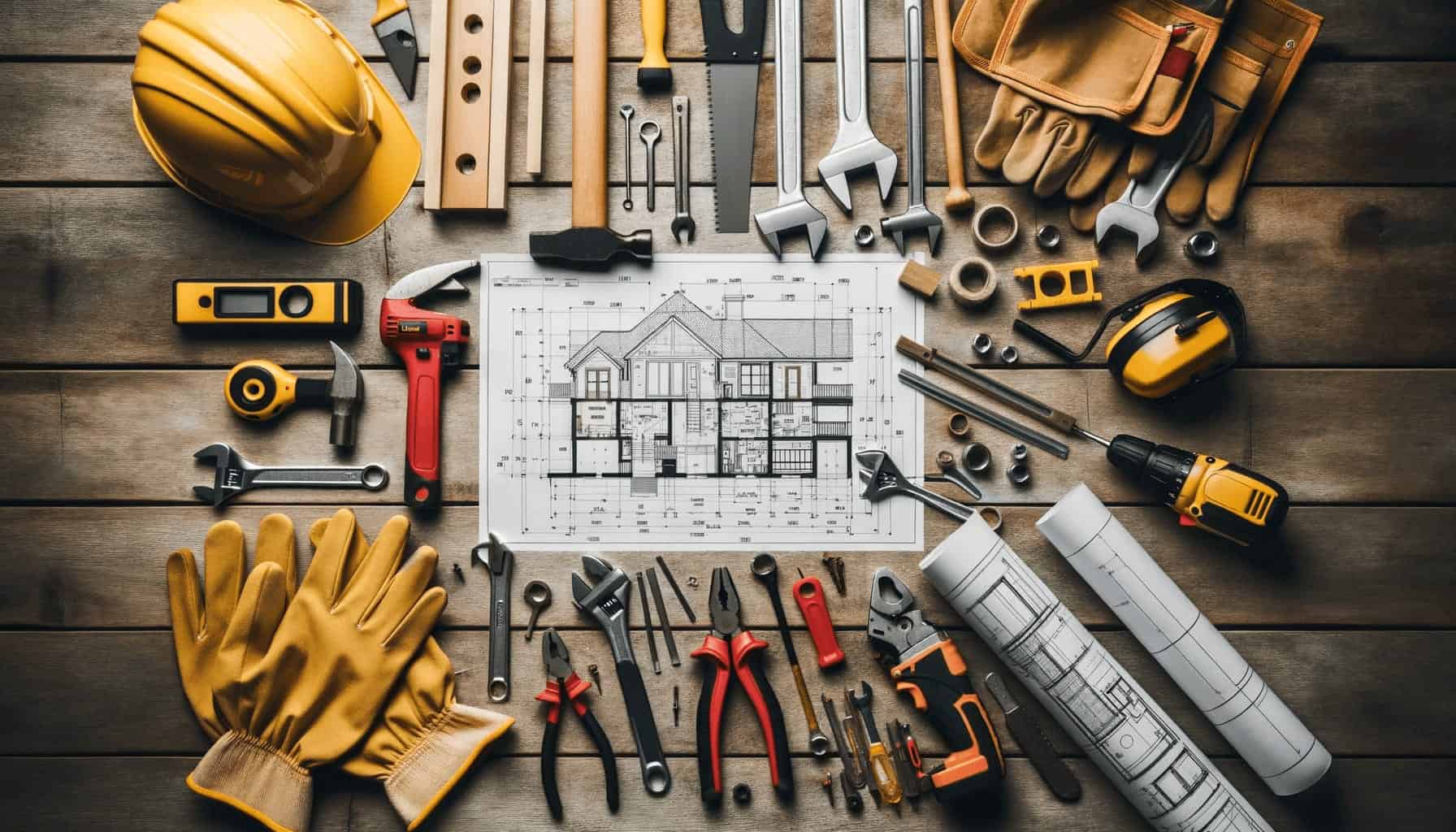4. Factors Affecting Cost
House Size and Shape
One of the main factors that affect the cost is the size and shape of the house. Logically, a larger house will require more materials and labor, which will increase costs. The shape of the house can also affect the cost; more complex designs may require more expensive materials and labor. You can refer to our project locations to get an idea of different house sizes and shapes.
Types of Building Materials
The choice of building materials also plays a large role in determining the cost. Materials such as brick, wood, or IBS panels have different costs. You can refer to our article on IBS panels vs bricks to understand more about the advantages and disadvantages of each material.
Labor Cost
Workforce is another important component to consider. These costs can vary depending on location, project requirements, and the quality of labor you choose. To get a better idea of this, you can refer to our bank financing eligibility calculator .
Surprise Costs and Additional Costs
There is always the possibility of additional costs or surprises that may arise during the construction process. This can include changes in design, material price increases, or unexpected site problems. Therefore, it is wise to have an extra budget to cover these costs.
Utility and Infrastructure Costs
Don’t forget to include utility costs such as electricity, water, and gas, as well as infrastructure such as roads and drainage. This is an often overlooked component but can add significantly to costs.
By understanding these factors, you will be better prepared to plan your budget more efficiently and effectively.
5. Loan Options to Build a House
Bank Loans
A bank loan is one of the most common options for financing a home construction project. Banks offer different types of loans with different interest rates and terms. You can use our home loan calculator to find out how much you can borrow.
LPPSA loan
If you are a civil servant, you may be eligible for a housing loan from the Public Sector Housing Finance Board (LPPSA). This is a good option because it usually offers a lower interest rate. You can refer to the LPPSA government loan for more information.
Advantages and Disadvantages of Each Option
Each loan option has its own advantages and disadvantages. A bank loan may offer greater flexibility but may have a higher interest rate. On the other hand, LPPSA loans may require a stricter approval process but offer lower interest rates.
Documents Required to Apply for a Loan
To apply for a loan, you will need to provide various documents such as payslips, bank statements, and identity cards. You may also need to show proof of land ownership and building plans. You can refer to the LPPSA bank loan eligibility check for the list of required documents.
By understanding the available loan options, you will be able to make more accurate choices and plan your budget better.
6. Examples of Costs for Several Types of Homes
1 Room House
For a one-room house, the construction cost can start from RM100,000 to RM200,000, depending on the materials and design you choose. This is a good choice for young couples or individuals living alone. You can refer to our 1 story 1400sqf house for more examples.
3 Bedroom, 2 Bathroom House
This type of house usually costs between RM250,000 to RM400,000. This is an ideal choice for small to medium families. You can refer to our 2000sqf 2-storey house to get a better idea of what you can expect.
4 Bedroom, 2 Bathroom House
For a house with four rooms and two bathrooms, the cost can vary from RM350,000 to RM600,000. This is a good choice for large families. You can refer to our 2 story 3000sqf house for more examples.
Bungalow
If you choose to build a bungalow, the cost can reach RM1 million or more, depending on the size and luxury of the house. You can refer to our 4000sqf 1 storey house to get an idea of the bungalow construction cost.
Two Storey House
Two-storey houses usually cost more than single-storey houses, with prices starting from RM400,000 to RM800,000 or more. You can refer to our 4000sqf 2 story house for more examples.
By understanding the costs for different types of homes, you will be able to make a more informed decision based on your needs and budget.
7. Tips and Tricks to Save Costs
How to Choose Cost-Effective Building Materials
One of the ways to save costs is to choose cheaper but still quality building materials. For example, using IBS panels can reduce labor costs and speed up the construction process. You can refer to the advantages of the IBS panel for more information.
How to Negotiate with Contractors
Don’t hesitate to negotiate prices with your contractor. Make sure you get several quotes from different contractors and compare them before making a decision. You may also refer to our FAQ for useful tips on negotiating contracts.
Using IBS Technology for Savings
IBS technology not only speeds up the construction process but can also reduce the overall cost of the project. This is because it requires less labor and produces less material waste. You can refer to IBS panel installation for more information.
Take Advantage of Loans and Incentives
If you qualify, take advantage of low-interest loans or government incentives that can help reduce construction costs. You can refer to the LPPSA government loan for more information.
By following these tips, you can save a lot of money during the construction process, without sacrificing quality or your satisfaction.
8. Conclusion
Summary and Key Takeaways
Building a house on your own land is a process that requires careful planning and evaluation. From choosing the type of home that fits your budget, to understanding the loan options available, each step has its own implications for the overall cost. Therefore, it is important to understand each aspect clearly before starting this project.
How to Contact Us for More Information
If you have any questions or need further assistance, please do not hesitate to contact us . We are experts in this field and are ready to help you in every step of your journey to build your dream home.
With that, we conclude this guide in the hope that it provides you with useful insight and helps you make better decisions in your home construction project. Thank you for reading, and we hope you will have a satisfying and successful home building experience.









